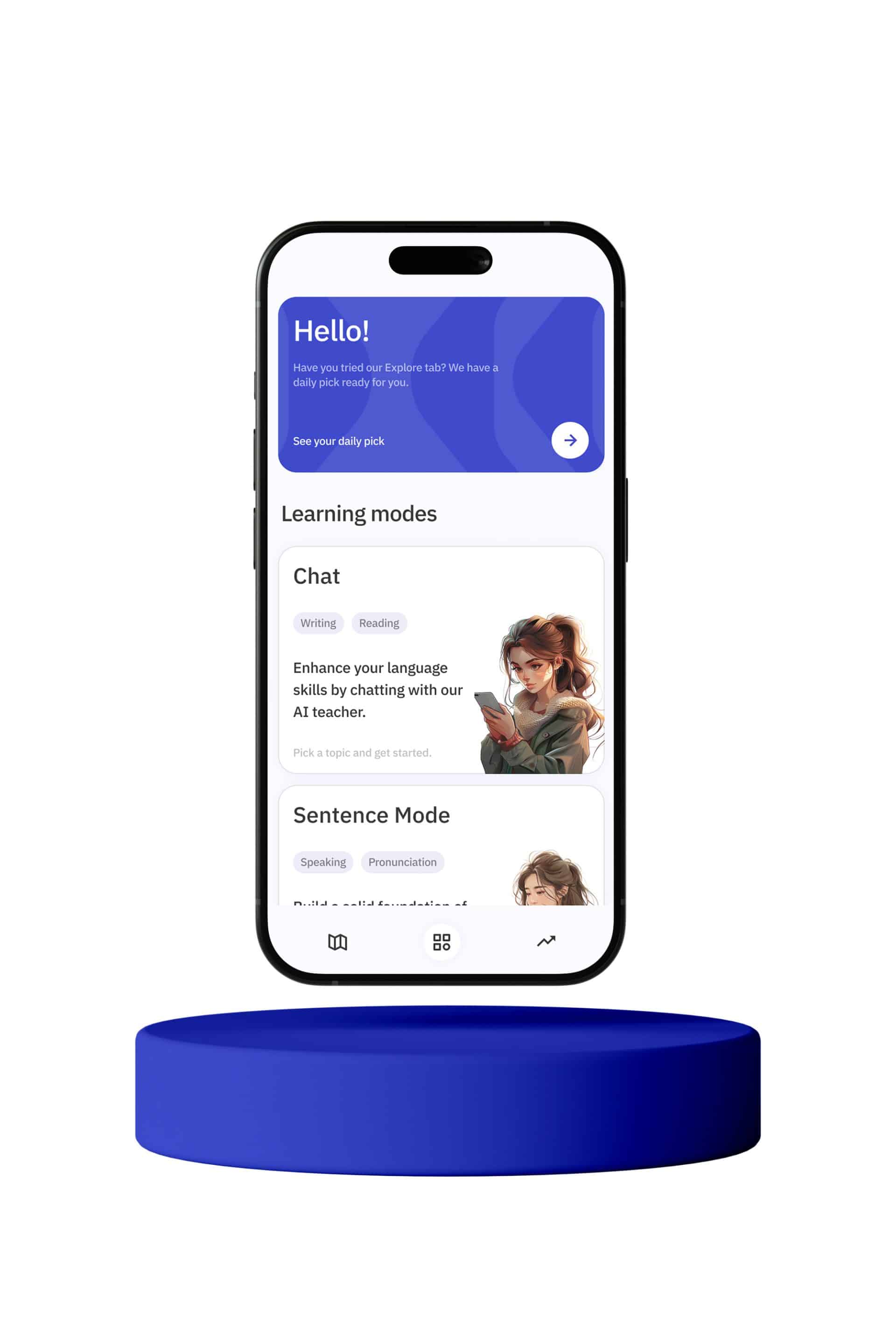The Chinese language is one of the oldest and most complex languages in the world. It has a rich history and a unique writing system that can be challenging for new learners. Two critical components in learning Chinese are 汉字 (Hànzì), which are Chinese characters, and 拼音 (Pīnyīn), which is the Romanization of Chinese characters. Understanding the differences between Hànzì and Pīnyīn, as well as their respective roles in language learning, is essential for anyone beginning their journey into the Chinese language.
汉字 (Hànzì) are the traditional characters used in written Chinese. Each Hànzì represents a syllable and often corresponds to a meaningful unit, such as a word or a part of a word. The origins of Hànzì date back thousands of years, with early forms of the characters found on oracle bones from the Shang dynasty (1600-1046 BCE). The characters evolved over time through various scripts, including Seal Script, Clerical Script, and the modern Simplified and Traditional forms.
One of the most distinctive features of Hànzì is that they are logographic, meaning each character represents a word or a meaningful part of a word, rather than a sound. This is different from alphabetic writing systems like English, where letters represent individual sounds. For example, the character 马 (mǎ) means “horse.” Learning Hànzì involves memorizing thousands of characters, each with its own stroke order, pronunciation, and meaning.
On the other hand, 拼音 (Pīnyīn) is a Romanization system used to transcribe Chinese sounds into the Latin alphabet. Developed in the 1950s by Chinese linguists, Pīnyīn has become the standard method for teaching Chinese pronunciation and inputting Chinese characters on computers and smartphones. Unlike Hànzì, Pīnyīn is phonetic, meaning it represents the sounds of the Chinese language.
The main advantage of Pīnyīn for beginners is its simplicity. Since Pīnyīn uses the Latin alphabet, it is more accessible to speakers of alphabetic languages. For instance, the word “horse” is written as mǎ in Pīnyīn. The tone marks (ˉ, ˊ, ˇ, ˋ) indicate the four tones of Mandarin Chinese, which are crucial for distinguishing between words that otherwise have the same spelling. For example, mā (妈) means “mother,” má (麻) means “hemp,” mǎ (马) means “horse,” and mà (骂) means “scold.”
While Pīnyīn is an excellent tool for learning pronunciation, it is not a substitute for learning Hànzì. Fluent reading and writing in Chinese require a solid understanding of Hànzì. Moreover, many Chinese words are homophones, meaning they sound the same but have different meanings and characters. Relying solely on Pīnyīn can lead to confusion in such cases. For example, the pronunciation shì can correspond to several different characters, such as 是 (to be), 事 (matter), 市 (market), and 视 (view).
For language learners, the question often arises: Should one start with Hànzì or Pīnyīn? The answer depends on your goals and learning style. Many language courses begin with Pīnyīn to help students quickly grasp pronunciation and basic conversational skills. This approach allows learners to start speaking and understanding Chinese without the immediate burden of memorizing characters. Once students are comfortable with pronunciation and basic grammar, they can gradually introduce Hànzì into their studies.
However, some learners prefer to dive straight into Hànzì from the beginning. This method can be beneficial for those who are more visually oriented and interested in the cultural and historical aspects of the Chinese language. Learning Hànzì early on can also help with understanding the structure and meaning of Chinese words, as many characters are composed of smaller components called radicals, which provide clues about their meaning and pronunciation.
Regardless of the approach, a balanced combination of Hànzì and Pīnyīn is essential for comprehensive Chinese language learning. Here are some tips for integrating both into your studies:
1. **Start with basic Pīnyīn**: Familiarize yourself with the sounds of Mandarin and the tone system. Practice with simple words and phrases to build your confidence in speaking and listening.
2. **Introduce Hànzì gradually**: Begin with common characters and those that appear frequently in your study materials. Use flashcards, apps, and other tools to help with memorization and recognition.
3. **Practice writing Hànzì**: Learning the correct stroke order is crucial for writing characters accurately. Regular practice will help reinforce your memory and improve your handwriting.
4. **Use both Pīnyīn and Hànzì together**: When learning new vocabulary, write down the Pīnyīn, characters, and meanings together. This will help you associate the sounds with the characters and their meanings.
5. **Read extensively**: Start with simple texts that include both Pīnyīn and Hànzì, such as children’s books or graded readers. Gradually move on to more complex materials as your proficiency increases.
6. **Listen and speak regularly**: Use language exchange partners, tutors, or language apps to practice speaking and listening. Hearing and using the language in context will reinforce your understanding of both Pīnyīn and Hànzì.
7. **Be patient and persistent**: Learning Chinese is a long-term commitment. Consistent practice and exposure to the language will yield the best results over time.
In conclusion, both Hànzì and Pīnyīn play crucial roles in learning Chinese. Pīnyīn offers a straightforward way to grasp pronunciation and start speaking, while Hànzì is essential for reading, writing, and gaining a deeper understanding of the language. By combining both approaches, learners can develop a well-rounded proficiency in Chinese and appreciate the beauty and intricacy of one of the world’s oldest languages.








